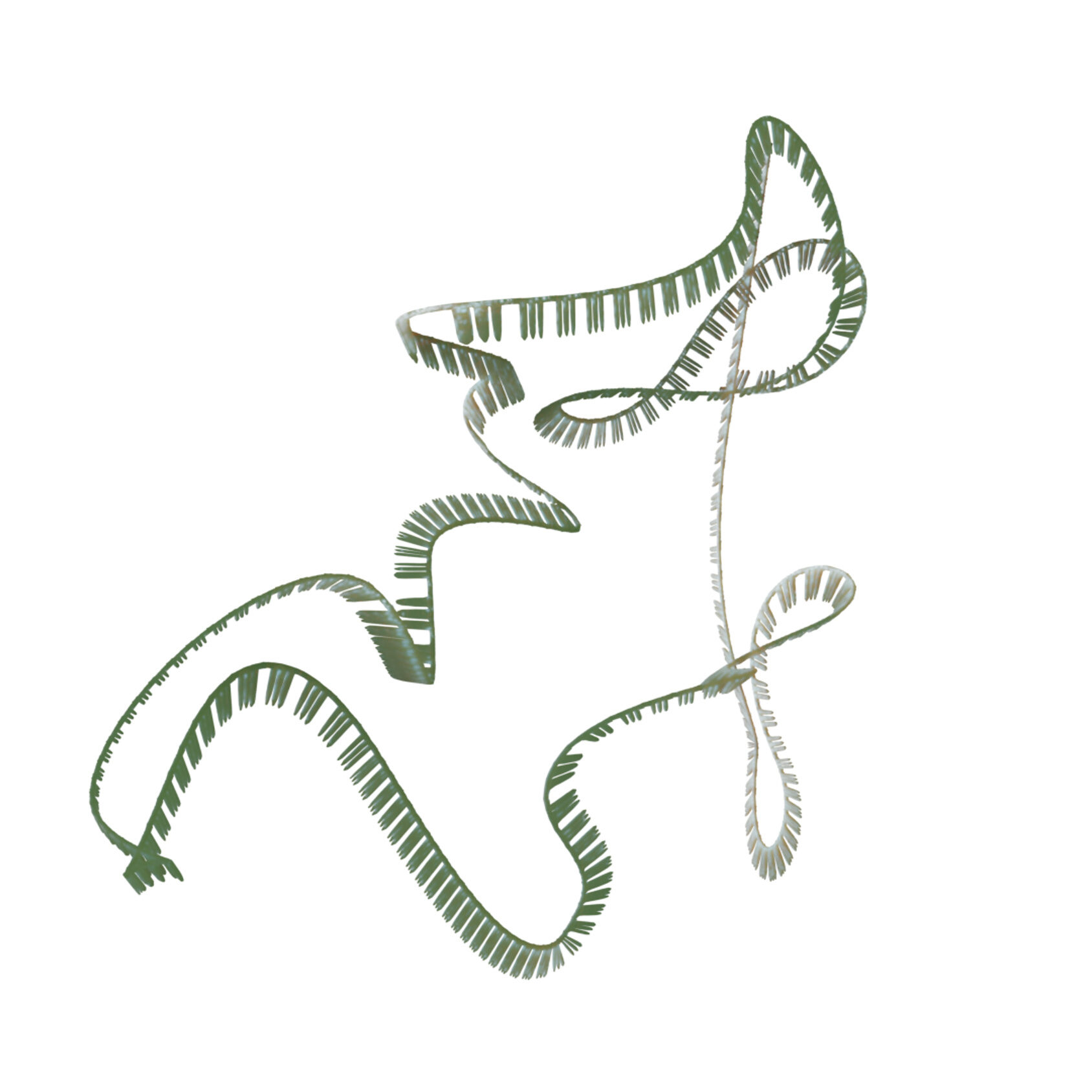
Granulosa cells (GCs), which surround and support developing oocytes, play a critical role in estrogen production, follicle maturation and overall ovarian health (3). Their ability to regulate hormone production and cell survival makes them a central focus in studies of ovarian biology.
A recent study investigated how the long non-coding RNA (lncRNA) NEAT1 regulates GC function and mapped a pathway that links NEAT1 expression to cell proliferation, apoptosis and hormone production (1).
What Is NEAT1, and Why Does It Matter?
Long non-coding RNAs (lncRNAs) are increasingly recognized as key regulators of gene expression, chromatin organization and cellular signaling (2). Unlike messenger RNAs, lncRNAs do not code for proteins but instead influence biological processes through interactions with DNA, RNA and proteins. Many are highly cell-type specific, guiding differentiation and maintaining specialized functions (2).
Among them, NEAT1 has emerged as an important lncRNA in reproductive biology, where it influences granulosa cell behavior and hormone signaling (1). To understand its role, researchers applied multiple techniques—including fluorescence in situ hybridization (FISH) to localize NEAT1, RT-qPCR to measure expression, CCK-8 and EdU assays to assess proliferation and flow cytometry to examine apoptosis—providing a comprehensive look at how this RNA molecule shapes GC function (1).
The Study: NEAT1 and the miR-204-5p/ESR1 Axis
Researchers found that NEAT1 functions as a molecular sponge for miR-204-5p, a microRNA known to downregulate estrogen receptor 1 (ESR1) (1). In this role, NEAT1 absorbs and sequesters miR-204-5p, much like a sponge, reducing the amount available to act on ESR1.
ESR1 encodes estrogen receptor α, which mediates estrogen signaling and is essential for follicle development, maturation and steroid hormone synthesis (1,3). ESR1 promotes the expression of steroidogenic enzymes, including steroidogenic acute regulatory protein (StAR), which transports cholesterol and cytochrome P450 family 19 subfamily A member 1 (CYP19A1, aromatase), which converts androgens to estrogens (1).
Functional assays confirmed that (1):
- NEAT1 promotes GC proliferation and reduces apoptosis
- NEAT1 overexpression decreases miR-204-5p activity
- miR-204-5p directly targets ESR1 to suppress its expression
- Silencing ESR1 reverses the effects of NEAT1 overexpression
Hormone Synthesis and MAPK Signaling
Estradiol production is a hallmark of functional granulosa cells and a defining feature of the ovarian cycle (1,3). In this study, NEAT1 enhanced estradiol biosynthesis by promoting the expression of StAR and CYP19A1 (1). Granulosa and theca cells cooperate in this process, with granulosa cells responsible for aromatizing androgens to estrogens during folliculogenesis (3).
By modulating ESR1, NEAT1 also influenced downstream signaling pathways. ESR1 activation promoted the MAPK/ERK/CREB signaling cascade, which regulates cell survival, proliferation and hormone synthesis (1). Lower ESR1 expression was associated with reduced MAPK signaling activity, highlighting how NEAT1 indirectly governs pathways critical to ovarian cell biology (1).
Promega Tools in Action
To validate the molecular interactions between NEAT1, miR-204-5p, and ESR1, the researchers used the
Dual-Luciferase® Reporter Assay System
Why It Matters
This study identifies a novel regulatory axis, NEAT1 → miR-204-5p → ESR1 → MAPK signaling, that helps govern granulosa cell survival, hormone production and ovarian function (1). By revealing how NEAT1 impacts estrogen signaling and cell fate in GCs, these findings provide valuable insight into the molecular regulation of ovarian cell biology. More broadly, the work highlights how non-coding RNAs can act as master regulators of specialized cell functions, making them a growing area of interest in reproductive science and beyond (1,2).
References:
1. Dong, L., Wu, H., Qi, F., et al. (2025). LncRNA NEAT1 participates in diminished ovarian reserve by affecting granulosa cell apoptosis and estradiol synthesis via the miR-204-5p/ESR1 axis. Journal of Ovarian Research, 18, Article 102. https://doi.org/10.1186/s13048-025-01683-6
2. Mattick, J. S., Amaral, P. P., Carninci, P., Carpenter, S., Chang, H. Y., Chen, L.-L., Chen, R., Dean, C., Dinger, M. E., Fitzgerald, K. A., Gingeras, T. R., Guttman, M., Hirose, T., Huarte, M., Johnson, R., Kanduri, C., Kapranov, P., Lawrence, J. B., Lee, J. T., & Mendell, J. T. (2023). Long non-coding RNAs: definitions, functions, challenges and recommendations. Nature Reviews Molecular Cell Biology, 24(24). https://doi.org/10.1038/s41580-022-00566-8
3. 18.2: Anatomy and Physiology of the Female Reproductive System. (2025, July 24). Medicine LibreTexts. https://med.libretexts.org/Courses/Chabot_College/BIOS15%3A_Anatomy_and_Physiology_Textbook/18%3A_The_Reproductive_System/18.02%3A_Anatomy_and_Physiology_of_the_Female_Reproductive_System
Latest posts by Shannon Sindermann (see all)
- Do Mosquitoes Have a Taste for Beer? - October 16, 2025
- Exploring How NEAT1 Shapes Granulosa Cell Function - September 18, 2025
- Why mRNA Transfection Is Transforming Transient Expression Workflows - August 19, 2025
